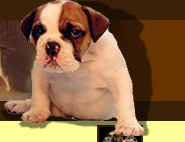Hereditary Bone and Joint Diseases in the Dog: Osteochondroses, Hip Dysplasia, Elbow Dysplasia
by Joe P. Morgan, Alida Wind
Written for the veterinarian, but suitable for the knowledgeable dog owner and breeder. Also discussses the genetic aspects of osteochondroses, elbow dysplasia and hip dysplasia as well as the contributing nutritional and enviromental factors.
Stresses the crucial aspects of selection when choosing animals for breeding and the fact that breeding for increased size, increased early growth, along with nutrition and exercise absolutely impacts the development of these bone and joint diseases. You will find the answers to questions that clients routinely ask, plus the information you need to support your answers.





